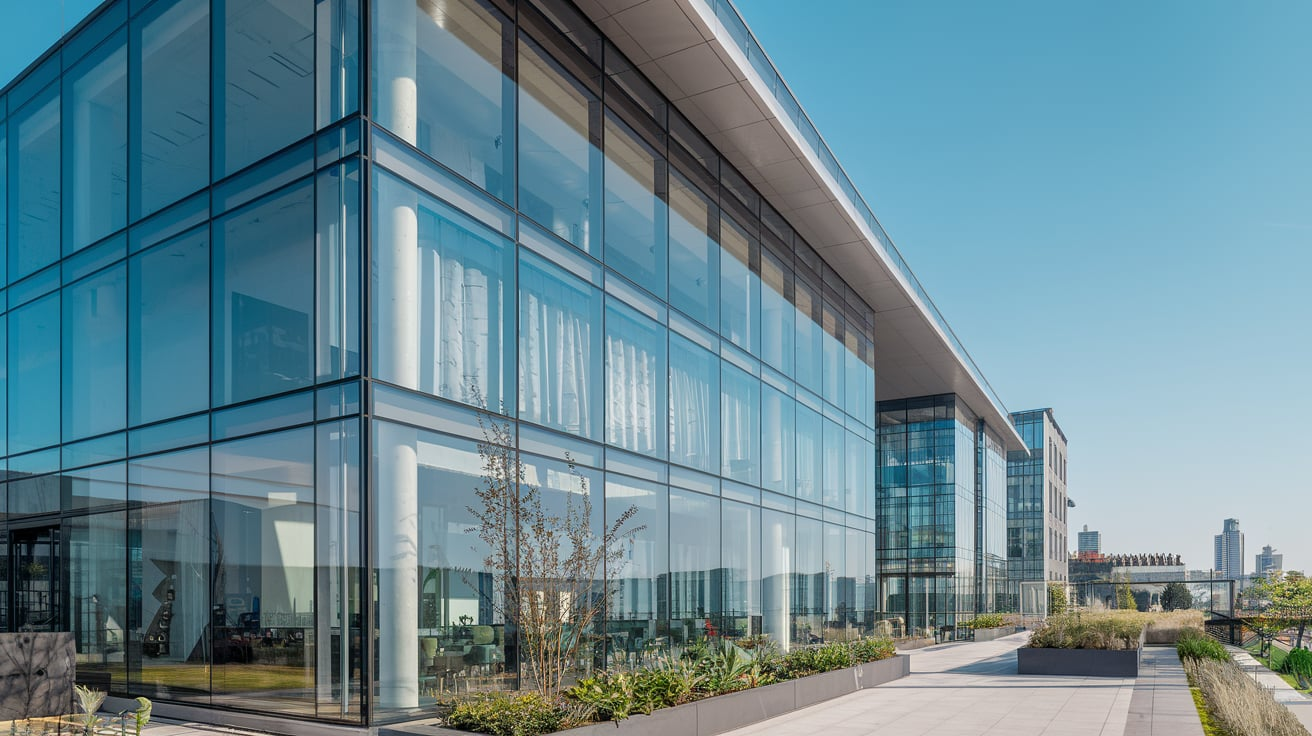
Building codes are crucial in maintaining structures’ safety, quality, and comfort. The Pomona Building Code for STC (Sound Transmission Class) is an essential component. This code is specifically designed to regulate the standards for soundproofing in buildings, ensuring that residents and tenants experience minimal sound disruption. This article will dive into the importance of the Pomona Building Code for STC, its requirements, and how it benefits both builders and occupants.
What is the Pomona Building Code for STC?
The Pomona Building Code for STC focuses on soundproofing standards for residential, commercial, and public buildings in Pomona, California. STC, or Sound Transmission Class, measures how well building partitions (like walls and floors) block sound. This code ensures that structures meet a certain level of sound resistance, contributing to peaceful and quiet indoor environments.
Why Soundproofing Matters in Building Codes
Soundproofing is critical to the quality of life for building occupants. The Pomona Building Code for STC acknowledges the importance of reducing unwanted noise by setting specific requirements for materials, wall thickness, and insulation methods. These measures help block outside noise, making indoor spaces more comfortable and functional for people. This aspect is especially crucial in apartment complexes, office buildings, and hotels where multiple occupants share walls and floors.
Essential Requirements of the Pomona Building Code for STC
To comply with the Pomona Building Code for STC, buildings must meet specific requirements that ensure adequate soundproofing. Here are some of the primary criteria:
- Minimum STC Ratings
The Pomona Building Code sets minimum STC rating requirements based on the type of building and space. For instance, shared walls in multi-family housing may require an STC rating of at least 50. This rating helps reduce everyday noises like conversations, television sounds, and footsteps. - Sound-Resistant Materials
The Pomona Building Code requires certain materials, such as dense insulation, drywall, and concrete, for optimal sound resistance. These materials help improve a building’s STC rating and keep indoor spaces quieter. - Insulation Techniques
Along with materials, the code emphasizes effective insulation techniques. For instance, resilient channels and acoustic seals prevent sound from travelling between room building Code for STC standards.
Benefits of Following the Pomona Building Code for STC
Complying with the Pomona Building Code for STC brings several benefits to property developers, owners, and occupants. Some of the primary advantages include:
- Enhanced Privacy and Comfort
A primary goal of the Pomona Building Code is to provide a more private and comfortable living or working environment. Proper soundproofing maintains a calm atmosphere, reducing stress and enhancing overall satisfaction. - Increased Property Value
Properties built to meet the Pomona Building Code often enjoy higher market value. Potential buyers or tenants are more likely to choose a property with certified soundproofing standards, making compliance with the code a valuable investment. - Reduced Noise Complaints
Adhering to the Pomona Building Code reduces the risk of noise complaints. As noise levels are managed effectively, landlords, especially in multi-family housing, benefit from lower tenant turnover rates.
Who Should Follow the Pomona Building Code for STC?
The Pomona Building Code for STC is relevant for various construction projects. Builders, architects, property managers, and developers must consider these regulations. Here are some types of projects where the code is essential:
- Multi-Family Residential Buildings
Soundproofing is crucial in multi-family buildings where shared walls and floors are standard. The Pomona Building Code ensures that residents experience a quieter environment. - Commercial and Office Buildings
Soundproofing is necessary in office buildings for providers that require privacy. Compliance with the Pomona Building Code enables a productive and peaceful work environment. - Hospitality Industry
Hotels and motels benefit significantly from soundproofing, as guests expect privacy and quietness during their stay. Following the Pomona Building Code improves guest experiences and satisfaction.
How to Comply with the Pomona Building Code for STC
To ensure compliance with the Pomona Building Code for STC, building professionals should follow these steps:
- Review the Code Requirements
Familiarize yourself with the Pomona Building Code for STC to understand specific requirements for your project type. Consulting with city officials or accessing the official building code documents can provide clarity. - Work with Acoustical Engineers
Acoustical engineers specialize in designing buildings for optimal soundproofing. Builders can ensure their projects meet or exceed the Pomona Building Code by working with these professionals. - Invest in Quality Materials and Construction
Using materials specified in the Pomona Building Code for STC, such as thicker walls, specialized insulation, and resilient channels, ensures your building is effectively soundproofed.
Common Challenges with the Pomona Building Code for STC
While adhering to the Pomona Building Code for STC offers numerous benefits, some challenges can arise. Builders may face additional costs due to higher-quality materials or specific construction techniques. However, investing in proper soundproofing early on often prevents costly renovations or noise complaints later.
Additionally, understanding all the specific STC requirements can be challenging. Project managers can attend training sessions on the Pomona Building Code for STC to overcome this or consult with city building officials for guidance.
Final Thoughts on the Pomona Building Code for STC
In summary, the Pomona Building Code for STC is an essential guideline for creating soundproofed and peaceful buildings in Pomona, California. By following this code, builders and property owners can ensure they provide high-quality, comfortable environments for occupants. Soundproofing is more than just a luxury—it’s a necessary feature for modern buildings, enhancing privacy, comfort, and overall quality of life. Whether constructing a new building or updating an existing one, meeting the Pomona Building Code for STC can benefit everyone involved.


